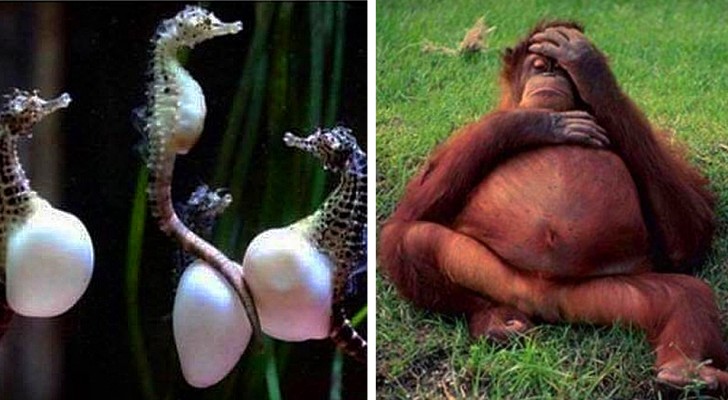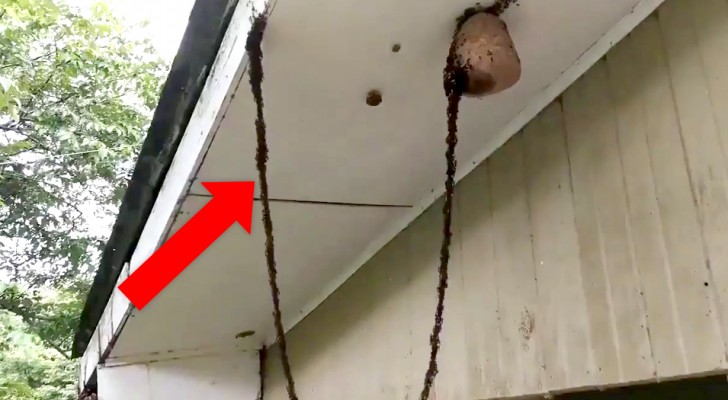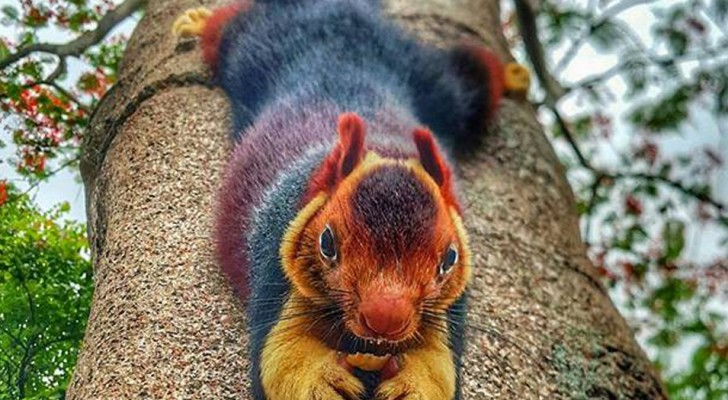Plant a wildlife hedge rather than building a fence! Here are the extra benefits that you would not expect!
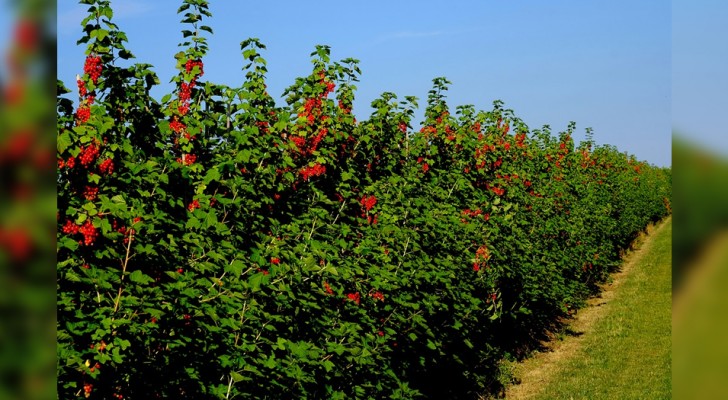
Tired of the usual anonymous hedge, indistinguishable from that of your neighbor or from all the other hedges in your residential area?
Furthermore, brick/block hedges or those sad shrub hedges cut into uniform squares, as well as being ugly to the eyes, also cause harm to the local fauna.
A possible solution is the creation of a real state of the art wildlife hedge that is beautiful to look at, needs hardly any maintenance, and is inhabited by nice tenants ...

Hedges are slowly disappearing to make room for fences, walls or barriers, made of wood, bricks or plastic. What not everyone knows is that these type of structures can harm local fauna by interrupting the habitual movements of animals that have traditionally passed through the same area.
Precisely for this reason, the idea of planting wildlife hedges --- which are plant structures consisting of shrubs and small trees of various kinds --- rather than hedges made with bricks is becoming increasingly common. These wildlife hedges are tailor-made for wild animals!
Unlike those built with obstructing materials, wildlife hedges which are completely made of shrubs and small trees, are above all more beautiful to look at and provide the same benefits as fences made of brick or wood.
In fact, wildlife hedges guarantee a good amount of privacy, define a property within a pre-established limit, and reduce noise. In addition to this, they also provide a natural shelter for all the small wild animals as well as a source of nutrition for small birds!

These kinds of natural "living fences", defined as wildlife hedges, unlike normal hedges, do not even need the meticulous care and regular pruning provided by expensive gardeners. If you use combinations of shrubs of different lengths, they can be left to grow to their natural sizes. And in this way, over time, a long and narrow wildlife hedge, dense with vegetation, full of fruit, branches, and natural protective shelters will be formed that provide areas where small animals can nest.
According to experts, the most recommended shrub combinations are primarily indigenous species, which will have favorable growth conditions, as well as other fruit species, which, of course, we are not going to list here.
Small trees: Often the best solution is to begin to create a wildlife hedge starting with the positioning of small fruit trees such as blueberries. Many species of birds love these fruits and not only them! Opt for small trees in their natural form and size and if you do not have space for small trees then plant shrubs.
Evergreen shrubs: These shrubs provide shelter throughout the year, some species do the double work of providing both fruit and a natural tangle of branches covered with thorns that provide excellent shelter and protection from unwanted predators. The most common shrubs with these characteristics are all varieties of juniper and cedar.
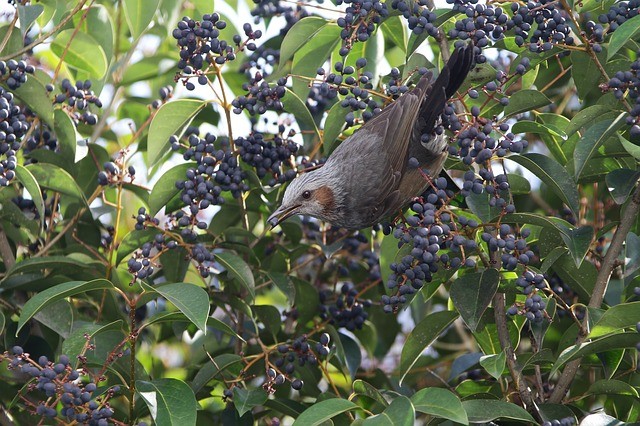
Native shrubs and indigenous vines: We have already stressed the importance of using the native shrubs in an area, which can provide shelter and fruit like no other plant. Also not to be underestimated are indigenous vine plants that can bind it all together with their tangled creepers and that also provide abundant food and not only for animals!
Of course, do not forget the pollinating insects! For this you will need flowering or fruiting plants for bees and butterflies, to make your wildlife hedge even more alive starting from early spring!
In the end, you will realize that you have created your own small nature reserve, a comfortable place for all the "tenants" who want to go there to live and a joy for the eyes for anyone who wants to admire it, as opposed to those sad and bare hedges that are regularly seen almost everywhere.

